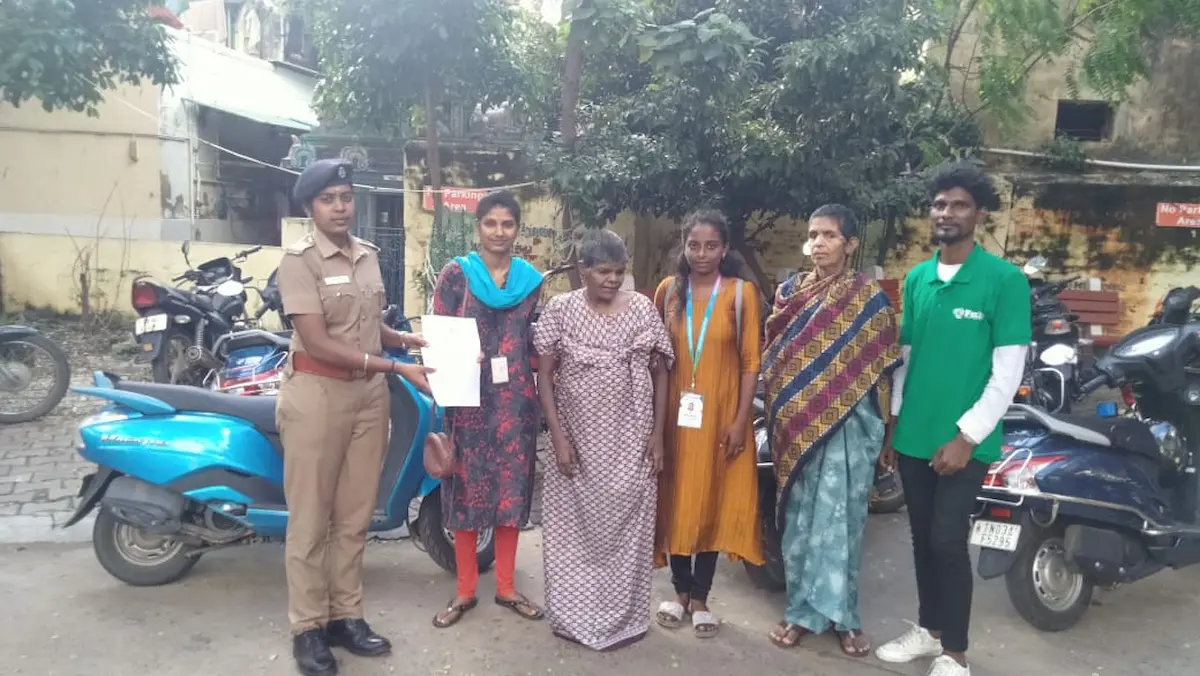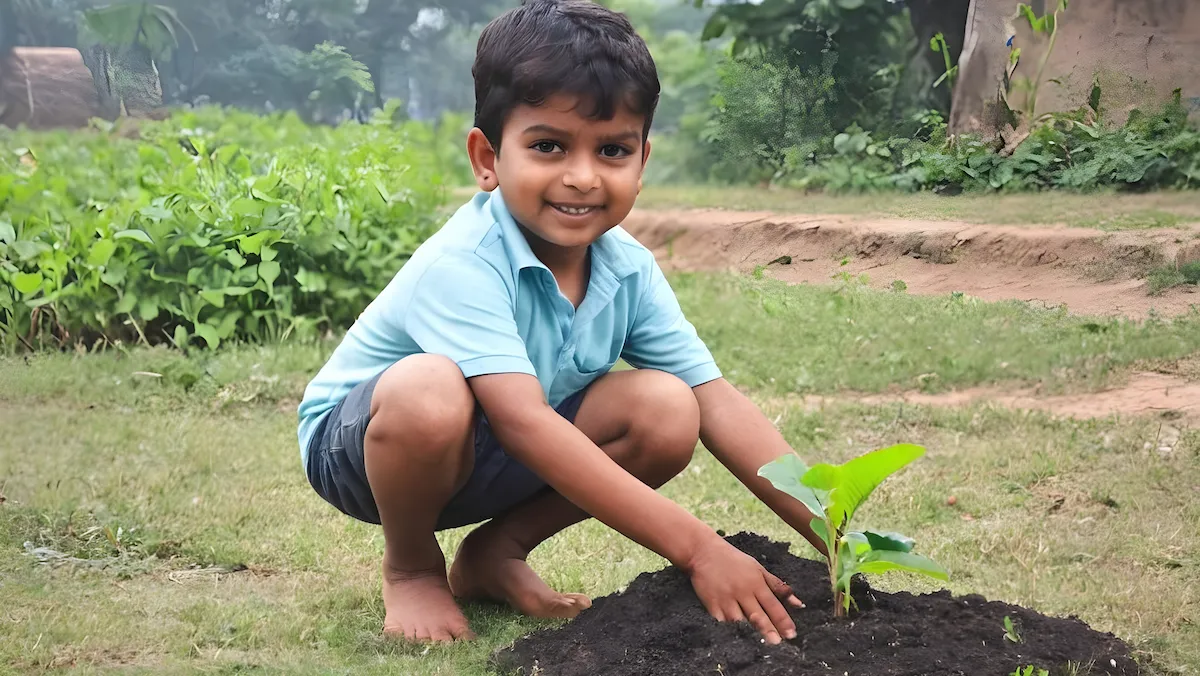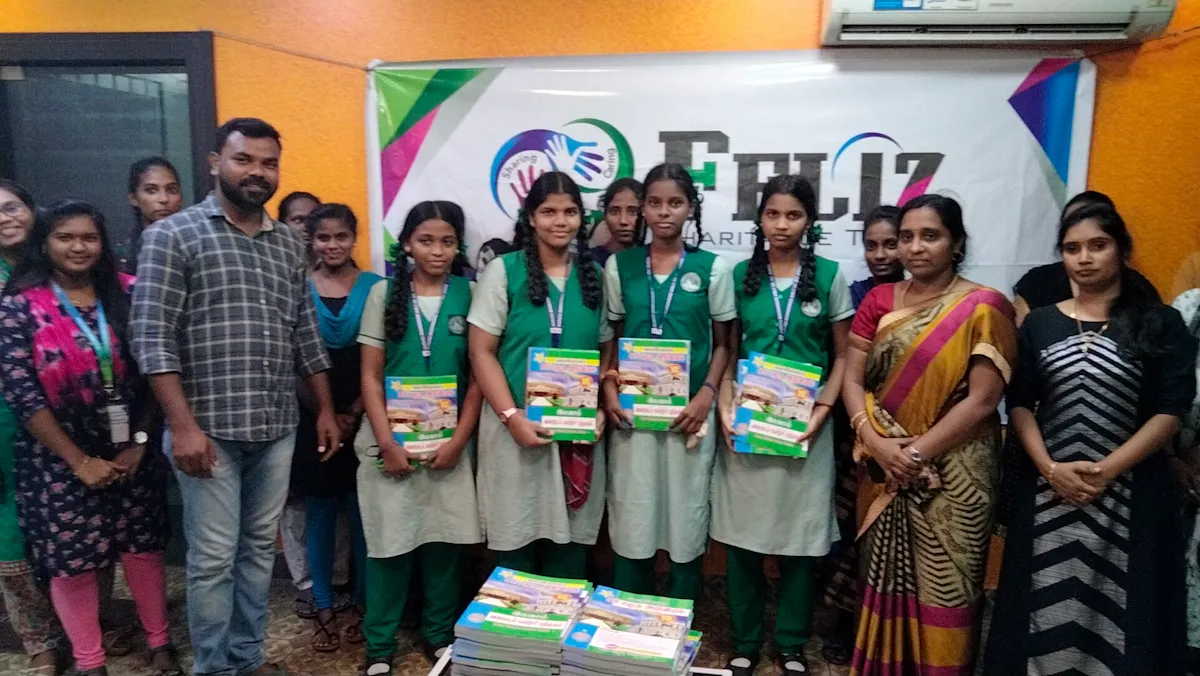Right To Education Act 2009: Transforming India’s Education Landscape
The Right to Education (RTE) Act 2009 marks a significant milestone in India’s educational reforms, mandating free and compulsory education for children aged 6 to 14 years. Enacted to revitalize India’s education system and enhance learning outcomes, the RTE Act underscores the nation’s commitment to universal education.
Since its implementation, the Act has led to notable advancements in student enrollment, equitable education access, improved literacy rates, and enhanced educational standards. Here’s a closer look at the RTE Act’s contributions to transforming India’s educational landscape.
Key Features of the RTE Act 2009
Rooted in Article 21a of the Indian Constitution, the RTE Act emphasizes education as a fundamental right. Key provisions include:
- Implementation starting April 1, 2010, recognizing education as a basic right for all children.
- A mandate for private schools to reserve 25% of seats for children from economically weaker sections.
- A ban on interviews during the admissions process for children and parents.
- Assurance of uninterrupted education without retention, expulsion, or board examinations for elementary students.
- Reintegration opportunities for dropouts and prohibition of capitation fees.
- Establishment of School Management Committees with significant parental involvement.
Education’s Pivotal Role
Education is crucial for career development, financial stability, social equity, crime reduction, and intellectual advancement, acting as a societal equalizer and promoting informed, peaceful communities.
RTE Act’s Impact on Indian Education
- Increased Enrollment in Upper Primary Levels: Notable growth in class 6 to 8 enrollments, with a 19.4% rise from 2009 to 2016, reflecting the Act’s positive influence.
- Improved Educational Infrastructure: Despite the mandate for better facilities, only 13% of schools fully comply with RTE standards, indicating a gap in resource allocation and infrastructure development.
- The 25% Quota Initiative: This measure aims to provide quality education for all, yet success varies across states, underscoring implementation and resource distribution challenges.

Challenges and Critiques
The RTE Act faces issues such as discrimination, integration hurdles for economically disadvantaged students, and systemic inefficiencies in admissions and reimbursements.
Beyond the RTE Act
India’s educational reform journey continues with various policies and programs aimed at enhancing access and quality, demonstrating a sustained commitment to inclusive education.
Moving Forward with Feliz Charitable Trust
Although the RTE Act has improved educational access, challenges persist in execution, gender disparities, and learning outcomes. Organizations like Feliz Charitable Trust play a vital role in addressing these challenges, with a special focus on promoting girls’ education and systemic enhancements.
Supporting Feliz Charitable Trust’s Girls’ Education Program can effect substantial progress, aiding in the creation of an equitable, educated, and dignified society for all.
This updated blog piece encapsulates the essence of the Right to Education Act 2009 and its transformative impact on India’s educational sector, highlighting ongoing challenges and the collective efforts required for achieving its comprehensive potential.





